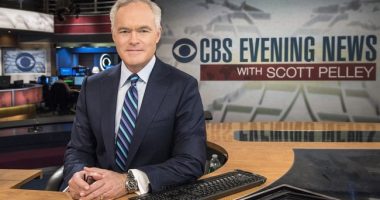Telethon Kids Institute and Curtin University researchers initially believed children aged between five and 14 years living in inner-city areas would have higher rates of asthma due to pollution and traffic.
But their study found children in outer suburbs were twice as likely to have asthma with a 12 per cent rate compared to only six per cent in the inner city.


Associate Professor Ewan Cameron said the trend was mapped and proved to be true for the four biggest cities – Sydney, Melbourne, Brisbane and Perth – and socioeconomic factors were behind the high rates in poorer suburban areas.
“These factors include higher rates of chronic family stress and poor housing quality, including dampness and poorly ventilated gas stoves, as well as dietary and obesity factors,” he said.
“People in lower socio-economic areas, many of whom are renting, often lack the means to alleviate these issues and may have poorer access to health care support for asthma management.”
Environmental reasons were also a factor in asthma rates, with locations experiencing large daily temperate variations having a higher risk.


“More extreme weather can be a factor in triggering asthma,” Cameron said.
Cameron said it was surprising how similar all the cities performed with their asthma rates despite the pandemic exposing health inequities between the wealthier and poor parts of the country.
Australia has one of the highest asthma rates in the world, with the disease affecting 8.7 per cent of children aged between one to 14 years.
Researchers hope their mapping can be used to guide new policies and plan locations for clinics to combat Australia’s “childhood asthma epidemic”.
The team will repeat their analysis after the next census in 2026.







